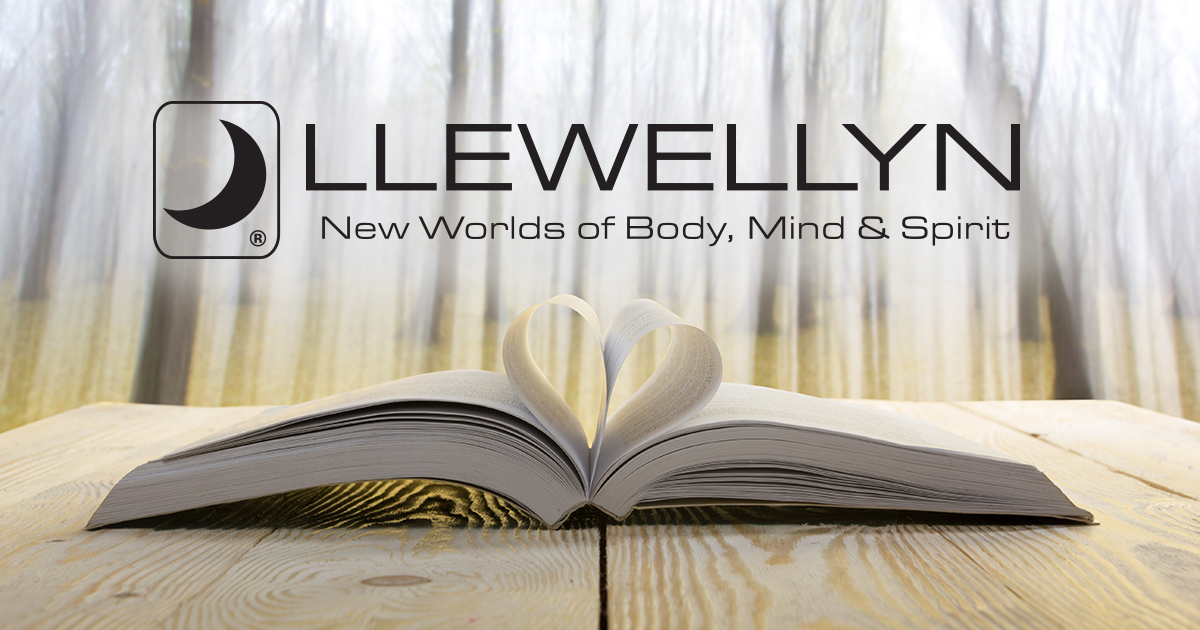





A year was called a bleidoni (twelve months, or thirteen in a leap year), and it was divided into two main seasons: samon, "summer," and giamon, "winter." A sonnocingos, "solar-march," was the term for a solar year of 365.5 days. A bleidoni had four festivals: Samhain (sah-win), Oimelc (im-elg), Bealtaine (byel-tin-uh) and Lughnasadh (loo-nuh-suh). There were no celebrations of solstices or equinoxes, as many modern-day neopagans have erroneously assumed. Such festivals as Yule, Ostara, Saturnalia, Midsummer, Charming of the Plough, Lupercalia and Walpurgisnacht were alien to the Celts. They knew nothing of these festivals in pre-Christian times. Candlemas, Lammas, and Hallowe’en are Celtic festivals that were Christianized; May Day became a spring festival. Offerings were probably made at every Full Moon, or around the sixth night of a month when the moon was waxing. This night was called the iuos (ee-wawss); the second fortnight was called the atenouxtes, "re-nights" or "again-nights," when the moon was waning. Daily prayers to the sun were probably made at dawn, similar to the Teutonic greeting of Sunna or the Hindu-Brahmanic Gayatri. Most Celtic festivals actually began on the fifteenth night of a month. Lughnasadh actually lasted for a whole fortnight (two weeks), and sometimes longer! It was a sort of Celtic version of today’s Olympic games, but held annually. |
